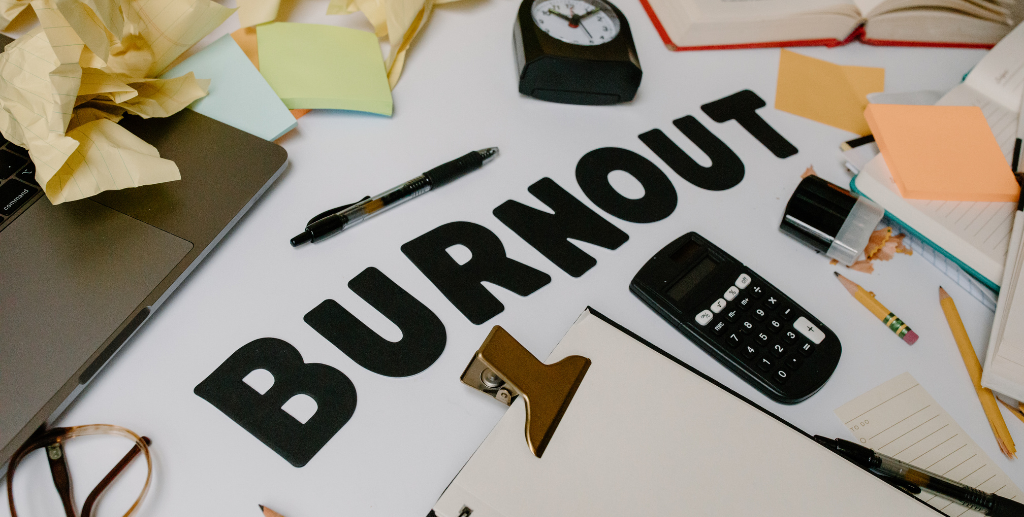Working nonstop isn’t a badge of honour —it’s a blueprint for collapse.
In the startup world, there’s a dangerous myth we still glorify:
The 24/7 founder.
The one who never switches off.
Who sacrifices everything “for the business.”
I’ve watched founders wear this mindset like a badge of honour—right up until it breaks them.
Working yourself into the ground isn’t commitment.
It’s poor leadership masked as hustle.
Why Burnout Happens—and Keeps Happening
It starts small. You work late. Then weekends. Then holidays blur.
You tell yourself it’s “just for now.” But that “now” becomes your norm.
- You stop sleeping properly.
- Your thinking gets cloudy.
- Small problems feel huge.
- You lose clarity, then patience, then perspective.
And before you realise it—you’ve become the bottleneck in your own company.
Not because you’re not working hard enough. But because you’re working unsustainably.
There is no growth if the founder is constantly in recovery mode.
What No Boundaries Actually Costs
- Decision fatigue: You start making slower, weaker calls.
- Team instability: You model chaos, not leadership.
- Stalled vision: You’re too drained to zoom out or adjust.
- Resentment: From yourself, and eventually, your team or co-founder.
Startups require resilience—not martyrdom.
And resilience isn’t just about pushing through.
It’s about creating conditions where you don’t have to.
The Burnout Buffer: How to Lead Sustainably
Here’s how I coach founders to work hard—but not lose themselves:
- Set actual work hours: not because you’re lazy—but to force focus.
- Schedule thinking time: strategy needs space, not sprints.
- Guard energy, not just time: protect what fuels your best decisions.
- Build support early: hire, automate, or delegate what drains you most.
- Have one non-negotiable habit—for health, presence, or recovery.
The business doesn’t need a superhero.
It needs a consistent, clear-minded founder with stamina.
Final Thought
Working 18-hour days for 18 months straight isn’t impressive if it leaves you broken, bitter, or burned out by year two.
What’s impressive is building something that works
without needing to destroy yourself to keep it alive.
Set the boundaries. Build the buffer.
Because if you burn out—so does the business.










